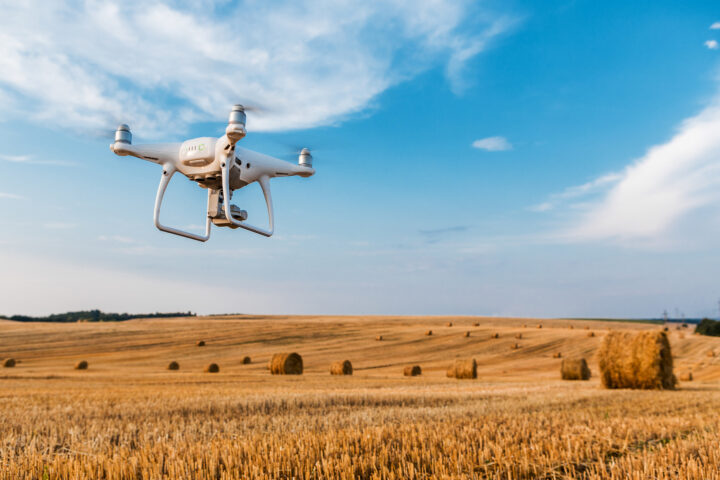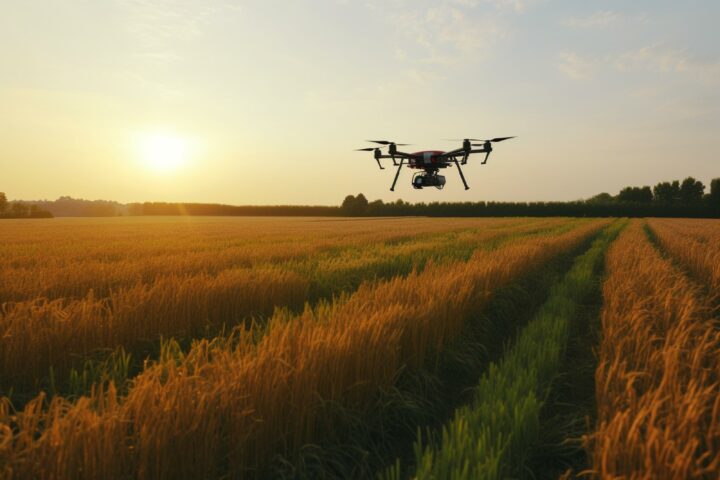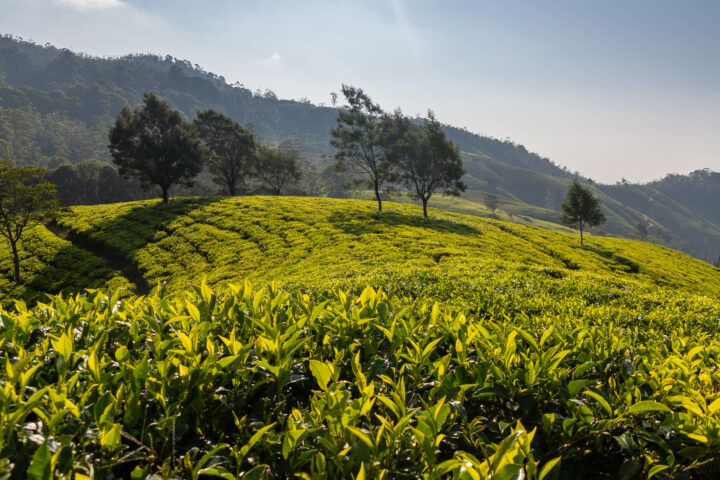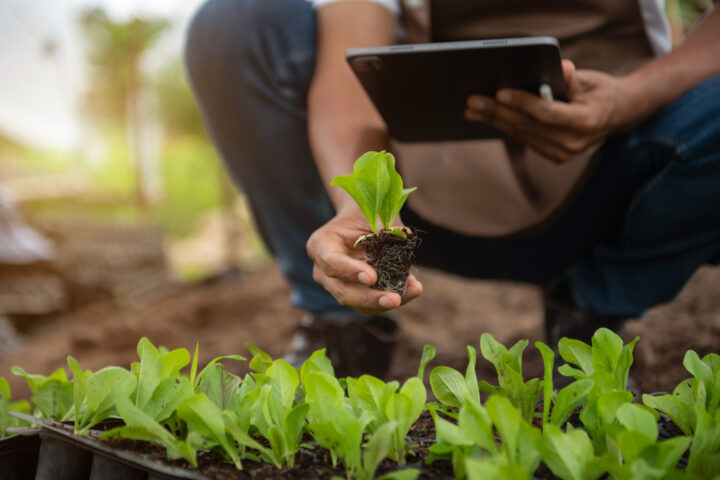
Why we need high-tech for tomorrow's agriculture
From genome editing to precision field spraying – innovations can strengthen the agriculture of tomorrow. They help to ensure that agricultural land can be used better. Crops are protected more efficiently. According to a survey by gfs.bern, the Swiss are very open to the use of modern technologies. This also applies to new breeding methods such as genome editing.
Saturday, March 15, 2025
Climate change is confronting farmers with major challenges: they have to cope with extreme weather events such as droughts or heavy precipitation. The effects are often disastrous. There are massive crop failures. In 2024, the situation for potato farmers was precarious. The rains led to massive crop failures and steadily increasing import quotas. Regional production is under pressure. Modern technology offers the opportunity to use resources more efficiently and in a more environmentally friendly way.
Consumers are very open to new technologies. From the use of drones to precise spraying, which allows the dosed and precise use of pesticides. This openness also applies to new breeding methods such as genome editing. This is shown by a survey conducted by gfs.bern. Although there is still a lack of knowledge among the population with regard to new breeding methods, a clear majority recognises the benefits of genome editing. The reduction of pesticides and the protection of regional varieties are particularly important to those surveyed.
One example of a technical innovation is the ‘ARA’ precision field sprayer from the Swiss manufacturer Ecorobotix, which was presented by the newspaper 'Schweizer Bauer'. The field sprayer from Yverdon can reduce herbicide drift by up to 95 per cent – but only under ideal conditions. This is shown by current studies in Germany and the Netherlands. The ARA is not suitable for fungicides and insecticides – the manufacturer is being misleading when he speaks generally of savings ‘in crop protection’. However, fungicides can also be increasingly applied via drones – not only in viticulture on steep slopes, but also in arable farming, which is an invaluable advantage especially on wet soils where heavy equipment should not be used to protect them. For example, a fungicide from Syngenta has been approved in Hungary for drone application in sunflowers. Precision application using smart technology also meets with a high level of approval in consumer surveys, as a gfs survey showed. To ensure that the application is carried out with absolute precision, what is needed, in addition to the technical application equipment, are companies that are not only able to invent new crop protection products, but also to formulate them in such a way that they can be applied evenly at a wide range of temperatures and, for example, do not clog the application nozzles. Generally speaking, but even more so when it comes to aerial application, the farmer is also required to pay attention to weather conditions and minimal drift, for example by ensuring that the autonomous machine applies the solutions at the right speed.
Intelligent field monitoring and intelligent farm and equipment management are also making progress. They illustrate the potential of information technologies for agriculture. In addition to intelligent field monitoring, drones are also being used more and more frequently. With the help of optical sensor technology, they help to evaluate resistance and define control measures or the appropriate application of plant protection products. The newspaper ‘Schweizer Bauer’ reported on a new drone technology that can detect an infestation of sugar beet with CLS (Cercospora leaf spot disease) at an early stage. An infestation with this leaf spot disease can lead to a loss of up to 40 percent. swiss-food has summarised the new technologies and their opportunities for agriculture.
An important prerequisite for the acceptance of new technologies is the protection of innovations by patents. This is because by publishing the ‘recipe’, they enable further research to be carried out and at the same time ensure that the inventor receives licence fees. This applies to both technical innovations and innovations in the field of new breeding technologies.
Sources
Kindly note:
We, a non-native editorial team value clear and faultless communication. At times we have to prioritize speed over perfection, utilizing tools, that are still learning.
We are deepL sorry for any observed stylistic or spelling errors.
Related articles

Technological progress in agriculture
In recent decades, technological progress has ensured that the application of plant protection products has become much more precise.

Why AI has not yet had its breakthrough in agriculture
Artificial intelligence is gaining ground in many areas. However, the new technology does not yet seem to have really arrived in agriculture. The reason for this is nature, which is throwing a spanner in the works of AI. Nevertheless, the opportunities that AI could offer agriculture are immense.

Chinese robot picks tea
There is a shortage of tea pickers in China. A robot developed by a researcher is set to remedy the situation and take over the work in future. Thanks to artificial intelligence, the machine can even recognise the shoots of the tea plant. The first harvesting robots are also already being developed in Switzerland.

Lack of diversity becomes an existential problem
The dwindling genetic diversity in fields is becoming an increasing problem. Unfortunately, this problem is growing steadily, partly because politicians in Switzerland and the EU are viewing the issue through ideological lenses instead of listening to science.

Research into fungal diseases in Lyon
Fungal diseases are one of the greatest threats to global food production. They endanger crops, cause billions in damage every year and have always put farmers under pressure. A detailed report by RTS provides insights into Bayer's global research and development centre in Lyon, where new, environmentally compatible fungicides are being researched.

Science sounds the alarm: Federal Council draft slows down innovation
The new genomic breeding methods are regarded worldwide as a source of hope for climate-resilient agriculture – precise, efficient, and safe. While countries such as the US, Japan, and soon the EU are pushing for deregulation, the Federal Council's regulatory proposal remains tentative. Now researchers and industry are sounding the alarm: the proposed rules are so strict that they would effectively block innovation and application.

Approvals are becoming a brake on innovation worldwide – and agriculture is being left behind
New findings from the United States highlight what has long been a reality in Europe and Switzerland as well: the development and approval of new crop protection products has become such a complex, lengthy, and costly process that even innovative, sustainable solutions can hardly reach the market anymore.

